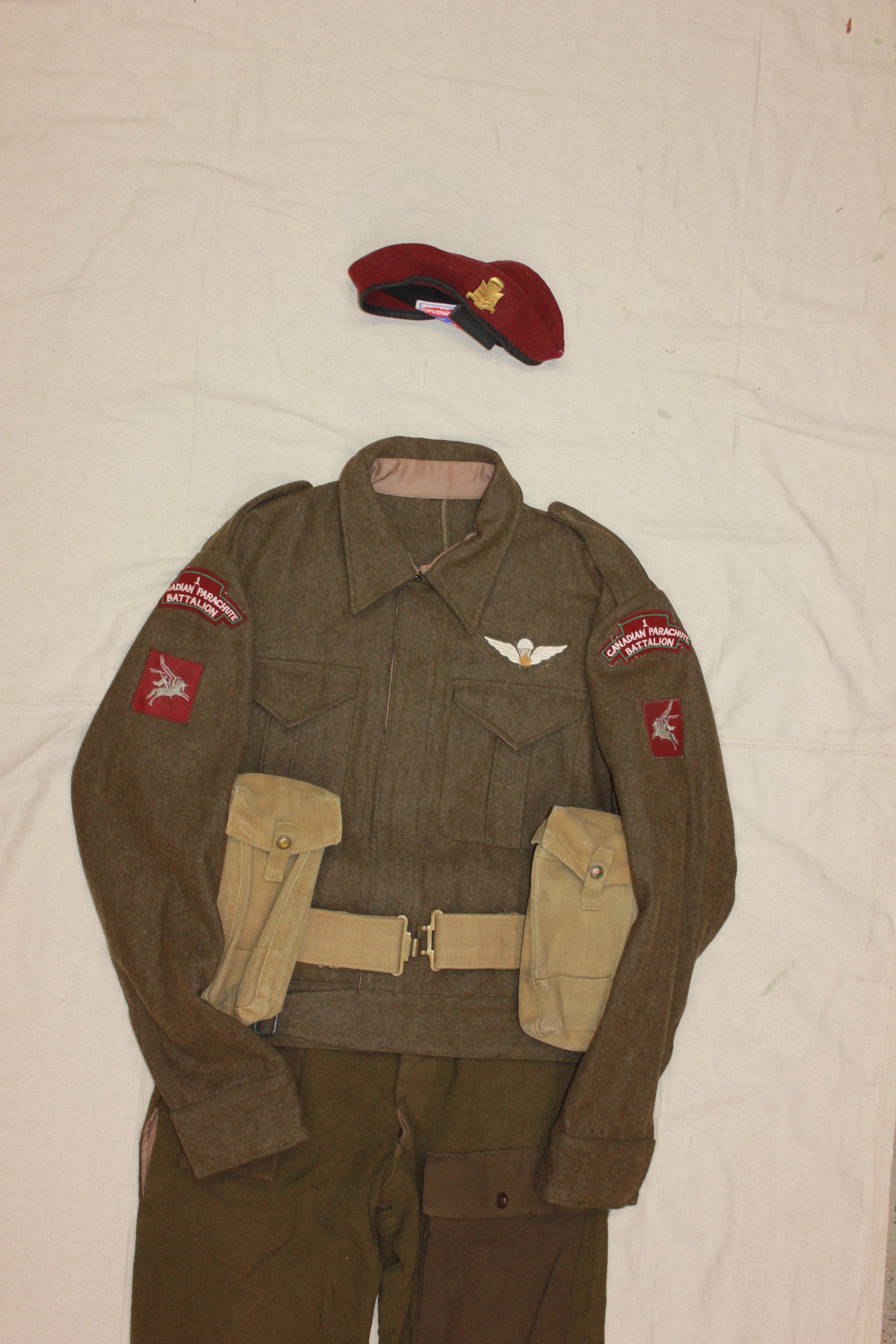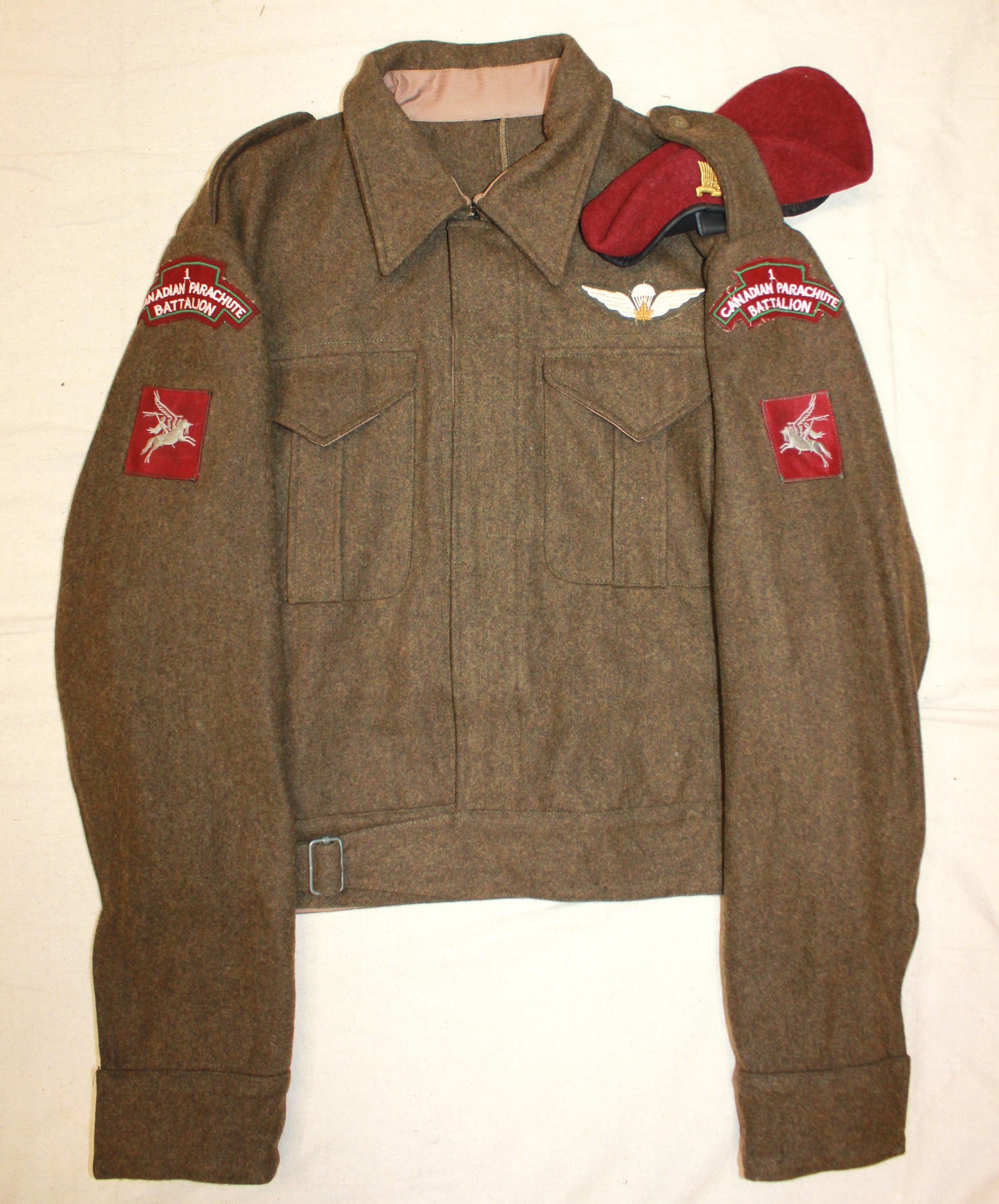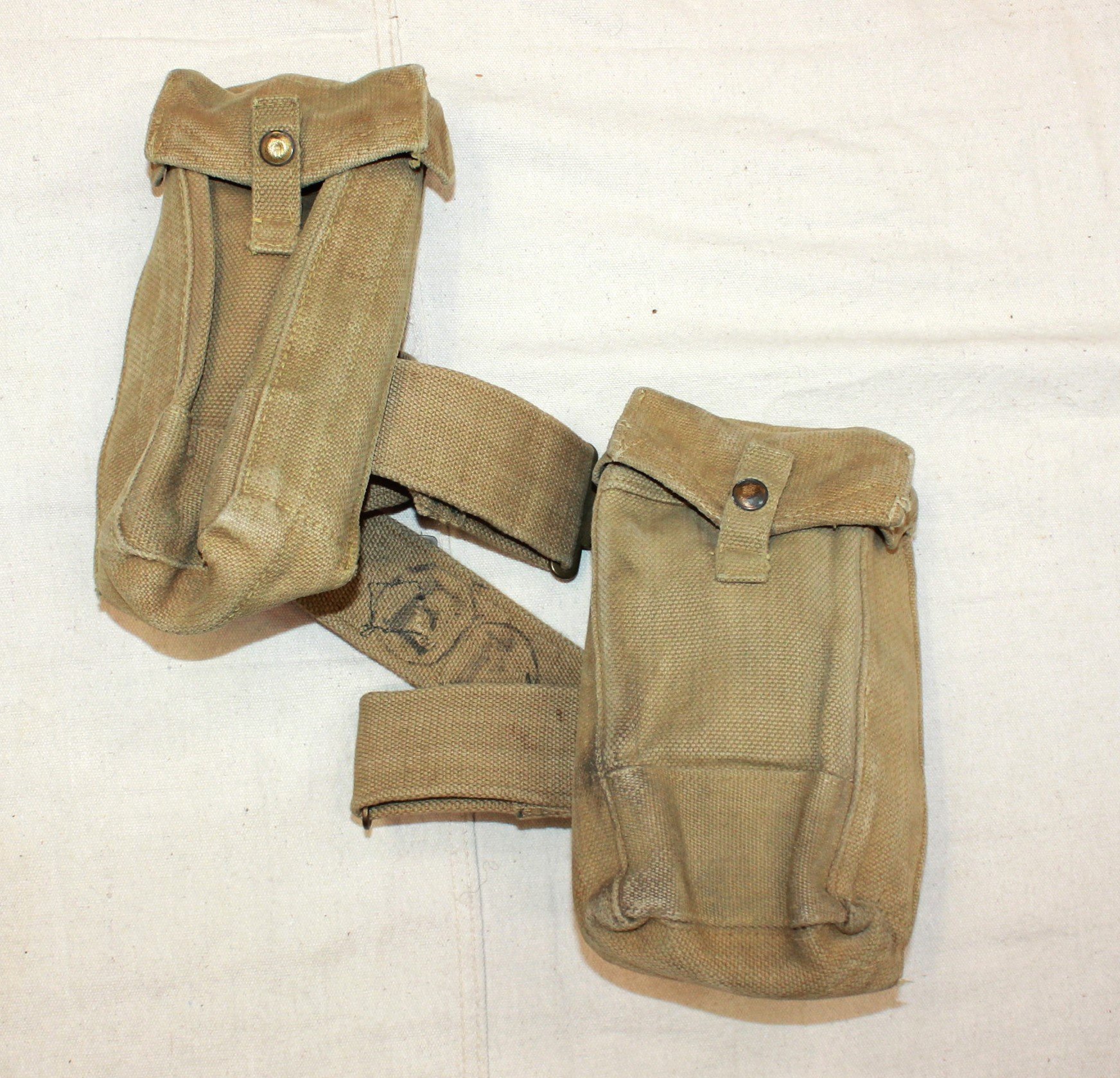Canadian Ground Forces
Private 1st Canadian Parachute Battalion:
The Canadian Parachute Battalion began with the idea of Colonel E. L. M. Burns, who fought for the establishment of the unit as a way of being able to quickly deploy troops to remote parts of Canada in case of a German invasion. When the German Fallschirmjäger assaults brought such success and the American as well as the British Army began forming parachute regiments, the Canadian military greenlit Burn’s concept.
The Canadian Department of National Defense authorized the raising of the 1st Canadian Parachute Battalion on the 1st of July 1942. Later in the same year, the newly formed 2nd Canadian Parachute Regiment transferred to Helena, Montana, for the Canadian contingent of the 1st Special Service Force. Initial parachute training was carried out at Fort Benning in the US and at RAF Ringway in England. Groups of recruits were dispatched to both countries to get the best out of both training systems before the development of the Canadian Parachute Training Wing, which was established at Canadian Forces Base Shilo in Manitoba. The group that traveled to Fort Benning in the United States included the unit's first commanding officer, Major H. D. Proctor, who was killed in an accident when his parachute rigging lines were severed by a following aircraft.
These men also obtained coveted Corcoran ’jump-boots’ which appear in period photos. A year later, in July 1943, the battalion shipped out for England. Becoming part of the 3rd Parachute Brigade of the British 6th Airborne Division, the Canadians spent the next years learning the British way of doing things. The battalion was some of the first to put boots on the ground in Normandy as part of ‘Operation Tonga’. The battalion seized and held the southern flank of the drop zone, holding critical bridge and road areas and then protecting the 9th Battalion’s attack on the heavy gun emplacement at Merville. Following D-Day, the battalion returned to England to train and refit. On Christmas Day 1945, the battalion was shipped to Belgium and moved to the Dutch southern border to defend against the German forces advancing during the Battle of the Bulge.
In February, they again returned to England for training in preparation for the largest airborne operation of the war, ‘Operation Varsity’. The airborne elements secured the eastern side of the Rhine River while the ground forces conducted a river assault, securing beachheads. At the end of May 1945, the battalion sailed home to Halifax and disbanded in September. The paratrooper wears the standard British Battle Dress with airborne trousers common when they arrived in England. These trousers are identified with snap down front leg pocket, a cut-in combat dagger pocket on the leg as well as two additional field dressing pockets on the rear. Which became a part of soldier wit based around various items carried there and ‘tail-bone’ parachute landings. He does retain his prized Corcoran boots































